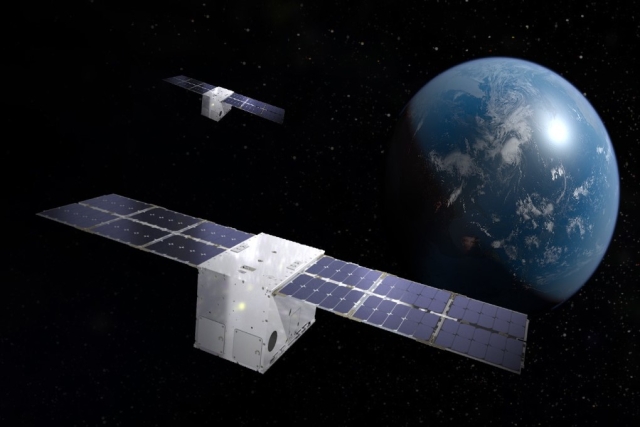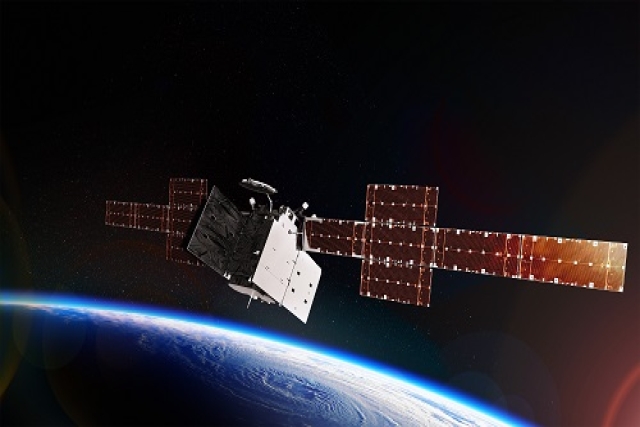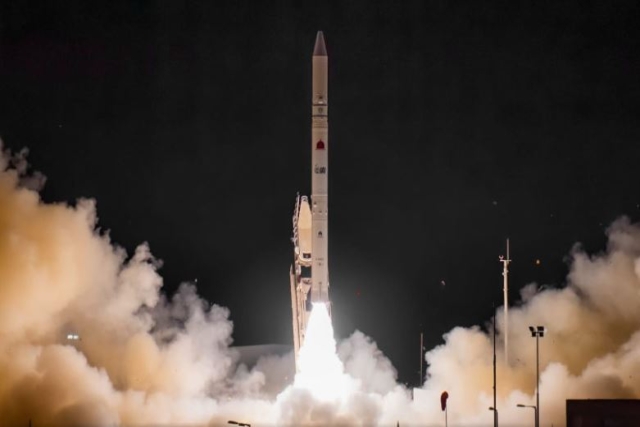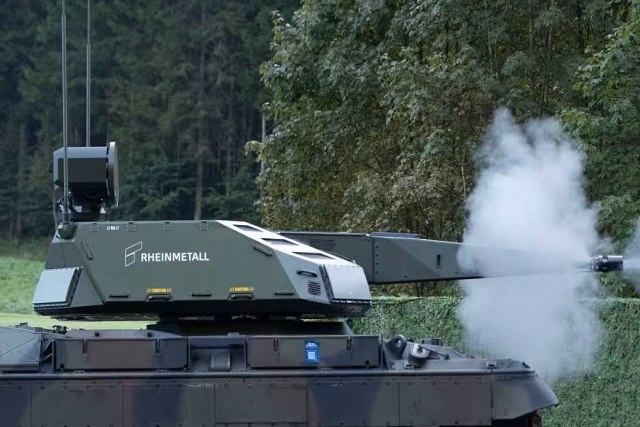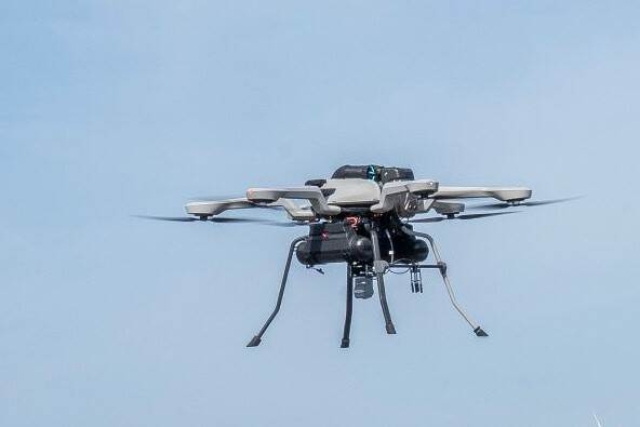Lockheed’s First LM 400 Satellite Clears Electromagnetic Compatibility Tests
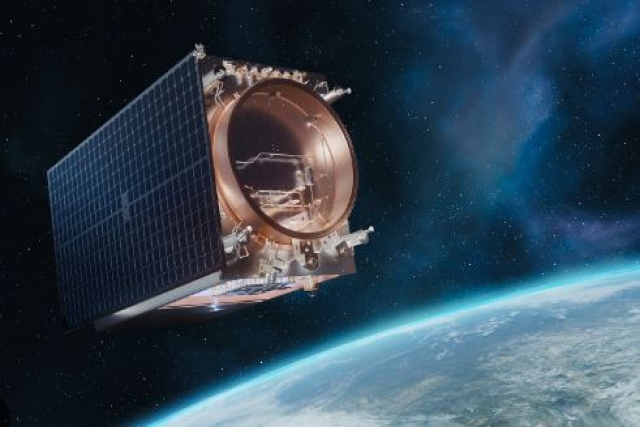
The first Lockheed Martin LM 400 mid-sized satellite which can be adapted for military, civil or commercial uses, has completed Electromagnetic Interference/Electromagnetic Compatibility testing.
This trial is crucial to ensure that signals from the satellite bus components will not interfere with critical payloads during operations, the company said in a release today.
The spacecraft, which finished assembly in December, is also working toward completion of rigorous thermal vacuum (TVAC) testing.
The LM 400 spacecraft enables one platform to perform multiple missions, including remote sensing, communications, imaging, radar and persistent surveillance. The spacecraft also benefits from production capabilities such as augmented and virtual reality and artificial intelligence.
The multi-mission satellite can host a variety of payloads with limited or no changes in low, medium and geosynchronous earth orbits; offers Joint all-domain operations and joint all-domain command and control with a Modular Open Systems Architecture; greater mission adaptability and onboard "Edge" data processing with SmartSat, Lockheed Martin's software-defined satellite architecture.
"The LM 400's digital design allows for multiple versions to be seamlessly produced – including a 'flat satellite' that will support rapid launching of up to six stackable space vehicles at a time," said Malik Musawwir, Lockheed Martin Space's satellite center of excellence vice president.
The LM 400 is already under several contracts, most recently being named as a satellite bus supporting U.S. Space Force's planned Missile Track Custody program in medium earth orbit.
When launched, the LM 400 will feature a Lockheed Martin-produced Electronically Steered Array.
